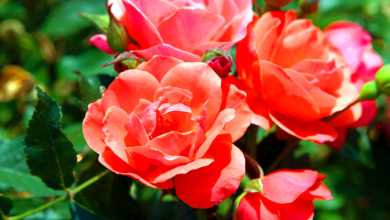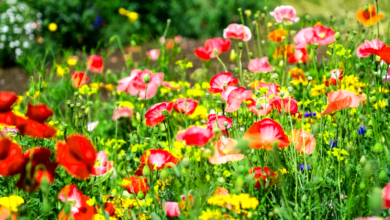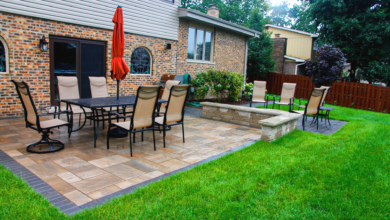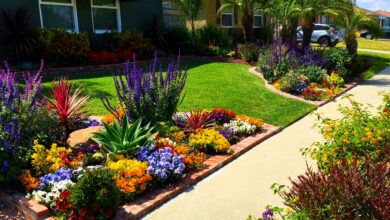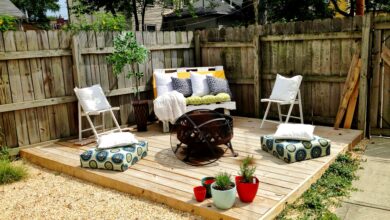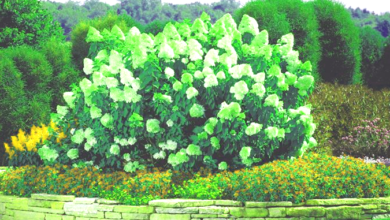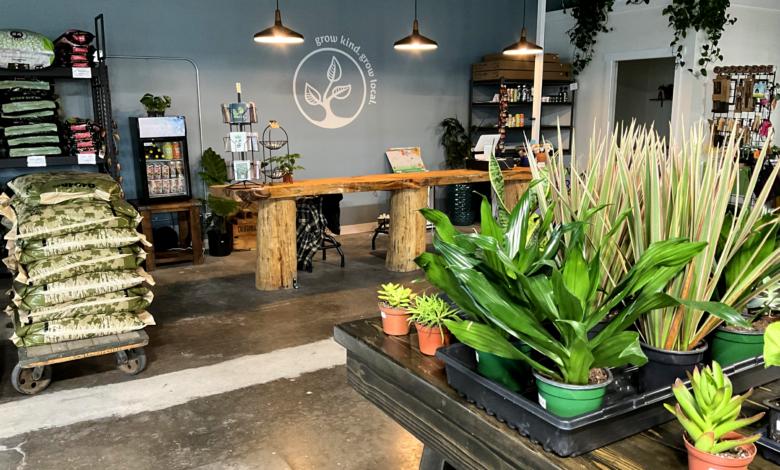
Minnesota, known as the “Land of 10,000 Lakes,” is a state with a diverse climate and rich soil, making it an ideal location for gardening enthusiasts. Whether you’re a seasoned gardener or a beginner, mastering the art of gardening and organic plant care in Minnesota can be both rewarding and challenging. This article will provide you with expert tips and detailed insights to help you cultivate a thriving garden while embracing organic practices.
1. Understanding Minnesota’s Unique Climate
The Importance of Climate Awareness
Minnesota’s climate is characterized by cold winters, warm summers, and a relatively short growing season. The USDA Hardiness Zones in Minnesota range from Zone 3a in the northern regions to Zone 5a in the southern parts. Understanding your specific zone is crucial for selecting plants that will thrive in your area.
Seasonal Gardening Tips
- Spring: Start by testing your soil to determine its pH and nutrient levels. Early spring is the perfect time to clean up your garden beds, remove debris, and prepare the soil for planting. Consider using cold frames or row covers to protect early plantings from frost.
- Summer: Focus on consistent watering, especially during dry spells. Mulching around plants can help retain moisture and regulate soil temperature. Regularly inspect plants for pests and diseases, and address any issues promptly using organic methods.
- Fall: As temperatures drop, it’s time to harvest remaining crops and prepare your garden for winter. Plant cover crops like clover or rye to enrich the soil and prevent erosion. Clean and store gardening tools to ensure they’re ready for the next season.
- Winter: Use this time to plan for the upcoming growing season. Research new plants, order seeds, and attend gardening workshops to expand your knowledge.
2. Soil Preparation and Enrichment
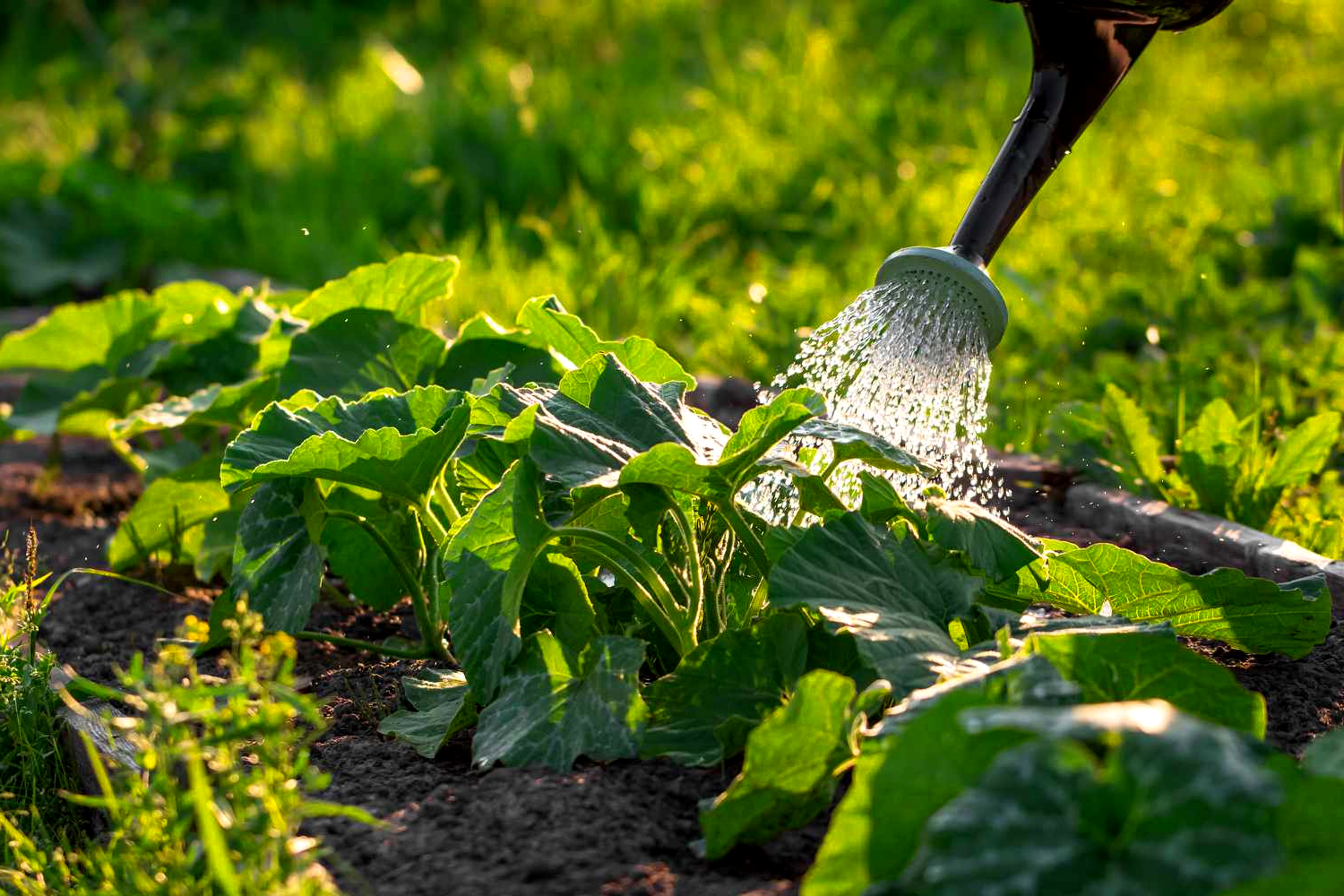
The Foundation of a Healthy Garden
Healthy soil is the cornerstone of successful gardening. Minnesota’s soil varies from sandy loam in the north to rich, fertile soil in the south. Regardless of your soil type, enriching it with organic matter is essential.
Steps to Prepare Your Soil
- Soil Testing: Conduct a soil test to determine its pH and nutrient levels. Most plants prefer a pH between 6.0 and 7.0. If your soil is too acidic, add lime; if it’s too alkaline, incorporate sulfur.
- Organic Matter: Add compost, well-rotted manure, or leaf mold to improve soil structure, fertility, and water retention. Organic matter also encourages beneficial microbial activity.
- Tilling and Aeration: Loosen the soil to a depth of 12–18 inches to promote root growth. Avoid over-tilling, as it can disrupt soil structure and harm beneficial organisms.
- Mulching: Apply a layer of organic mulch, such as straw, wood chips, or grass clippings, to conserve moisture, suppress weeds, and regulate soil temperature.
3. Selecting the Right Plants
Choosing Plants Suited to Minnesota’s Climate
Selecting plants that are well adapted to Minnesota’s climate is key to a successful garden. Consider native plants, which are naturally suited to the local environment and require less maintenance.
Recommended Plants for Minnesota Gardens
- Vegetables: Cold-hardy vegetables like kale, spinach, and peas can be planted early in the spring. Warm-season crops such as tomatoes, peppers, and cucumbers thrive in the summer.
- Fruits: apples, raspberries, and strawberries are popular fruit choices for Minnesota gardens. Consider dwarf varieties if space is limited.
- Flowers: Native perennials like coneflowers, black-eyed Susans, and butterfly weed are excellent choices for adding color and attracting pollinators.
- Herbs: Basil, thyme, and parsley are easy to grow and can be used fresh or dried for culinary purposes.
4. Organic Pest and Disease Management
Embracing Natural Solutions
Organic gardening emphasizes the use of natural methods to manage pests and diseases, avoiding synthetic chemicals that can harm the environment and beneficial organisms.
Effective Organic Pest Control Methods
- Companion Planting: Planting certain crops together can deter pests. For example, marigolds repel nematodes, and basil can protect tomatoes from aphids.
- Beneficial Insects: Encourage beneficial insects like ladybugs, lacewings, and parasitic wasps, which prey on common garden pests.
- Organic Sprays: Use organic sprays such as neem oil, insecticidal soap, or garlic spray to control pests. Always follow the instructions on the label.
- Crop Rotation: Rotate crops annually to prevent the buildup of pests and diseases in the soil. For example, avoid planting tomatoes in the same spot year after year.
- Physical Barriers: Use row covers, netting, or collars to protect plants from pests like birds, rabbits, and insects.
5. Watering and Irrigation Techniques
Efficient Water Management
Proper watering is essential for plant health, especially during Minnesota’s hot summers. Overwatering can lead to root rot, while underwatering can stress plants and reduce yields.
Best Practices for Watering
- Timing: Water early in the morning or late in the evening to minimize evaporation. Avoid watering during the heat of the day.
- Deep Watering: Water deeply and less frequently to encourage deep root growth. Shallow watering can lead to weak, shallow roots.
- Drip Irrigation: Consider installing a drip irrigation system to deliver water directly to the plant roots, reducing water waste and preventing foliage diseases.
- Rain Barrels: Collect rainwater in barrels to use for watering your garden. Rainwater is free of chlorine and other chemicals found in tap water.
6. Composting and Organic Fertilizers
Enriching Your Garden Naturally
Composting is an excellent way to recycle kitchen and garden waste into nutrient-rich organic matter. It improves soil structure, enhances microbial activity, and provides essential nutrients for plants.
How to Start Composting
- Choose a Compost Bin: Select a compost bin or designate a composting area in your yard. Bins can be purchased or made from materials like wood pallets or wire mesh.
- Layer Materials: Alternate layers of green materials (e.g., vegetable scraps, grass clippings) and brown materials (e.g., leaves, straw). Aim for a balance of carbon-rich and nitrogen-rich materials.
- Maintain Moisture and Aeration: Keep the compost pile moist but not soggy. Turn the pile regularly to aerate it and speed up decomposition.
- Use Finished Compost: Once the compost is dark, crumbly, and earthy-smelling, it’s ready to use. Spread it around your plants or mix it into the soil.
Organic Fertilizers
In addition to compost, consider using organic fertilizers like bone meal, fish emulsion, or seaweed extract. These provide slow-release nutrients and improve soil health over time.
7. Sustainable Gardening Practices
Protecting the Environment
Sustainable gardening practices not only benefit your garden but also contribute to the health of the planet. By reducing waste, conserving water, and promoting biodiversity, you can create an eco-friendly garden.
Tips for Sustainable Gardening
- Reduce, Reuse, Recycle: Use recycled materials for garden beds, containers, and tools. Repurpose items like old tires, pallets, and containers.
- Conserve Water: Use water-saving techniques like mulching, drip irrigation, and rain barrels. Choose drought-tolerant plants that require less water.
- Promote Biodiversity: Plant a variety of species to attract pollinators and beneficial insects. Avoid monoculture, which can lead to pest outbreaks.
- Avoid Chemicals: Steer clear of synthetic pesticides and herbicides. Opt for organic alternatives that are safer for the environment and your health.
- Support Local Ecosystems: Plant native species that support local wildlife and require less maintenance. Native plants are adapted to the local climate and soil conditions.
Conclusion
Gardening in Minnesota offers a unique set of challenges and opportunities. By understanding the local climate, preparing your soil, selecting the right plants, and embracing organic practices, you can create a thriving, sustainable garden. Whether you’re growing vegetables, fruits, flowers, or herbs, the key to success lies in careful planning, consistent care, and a commitment to organic principles. Happy gardening!





